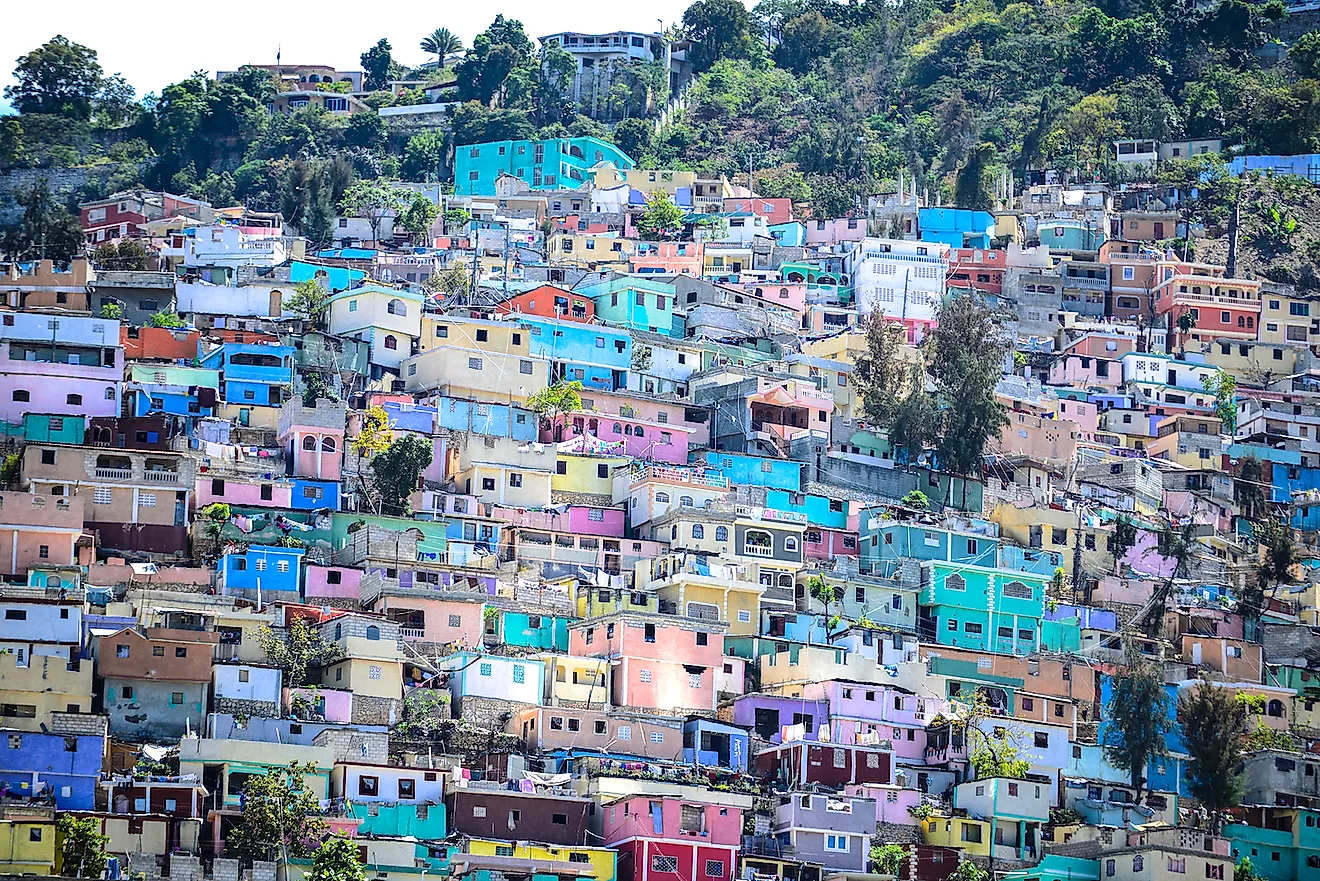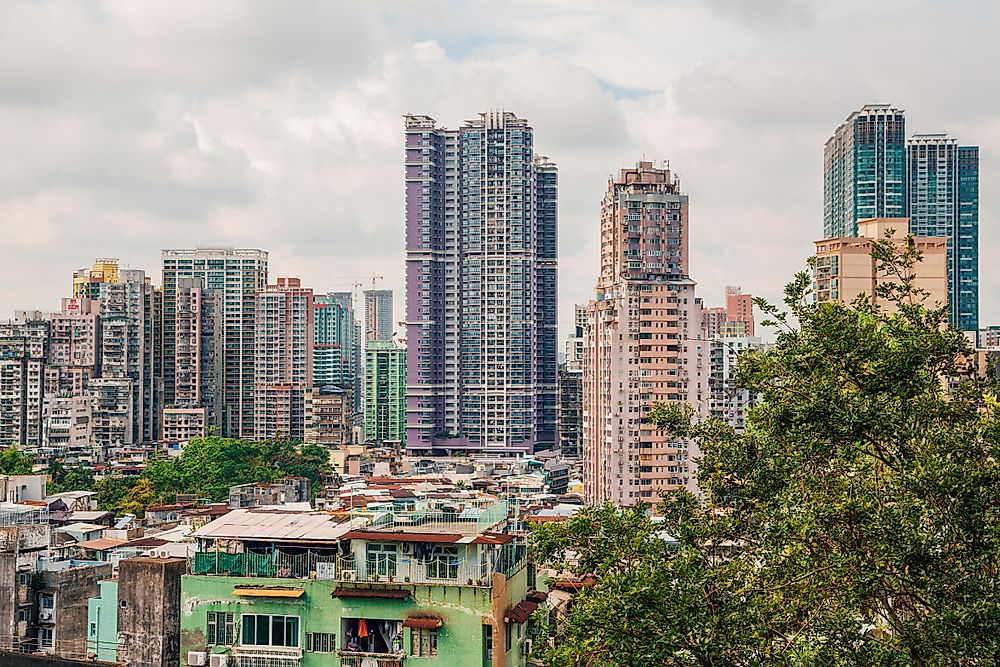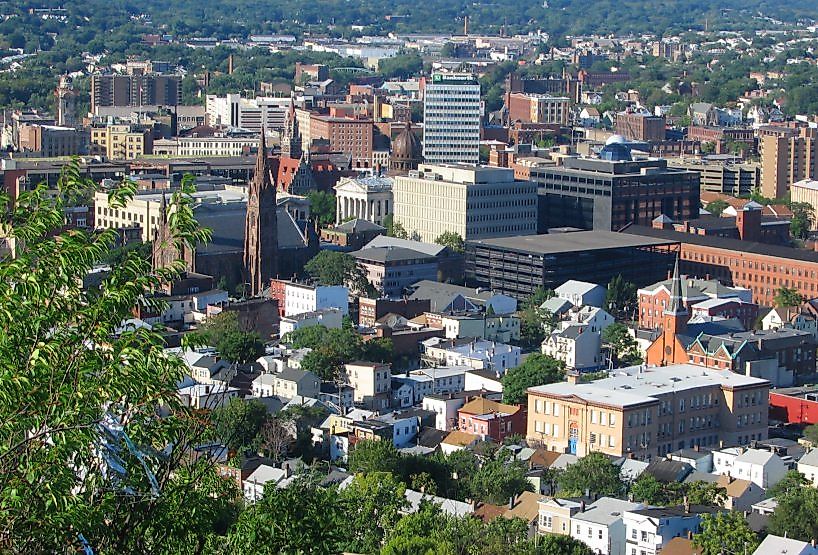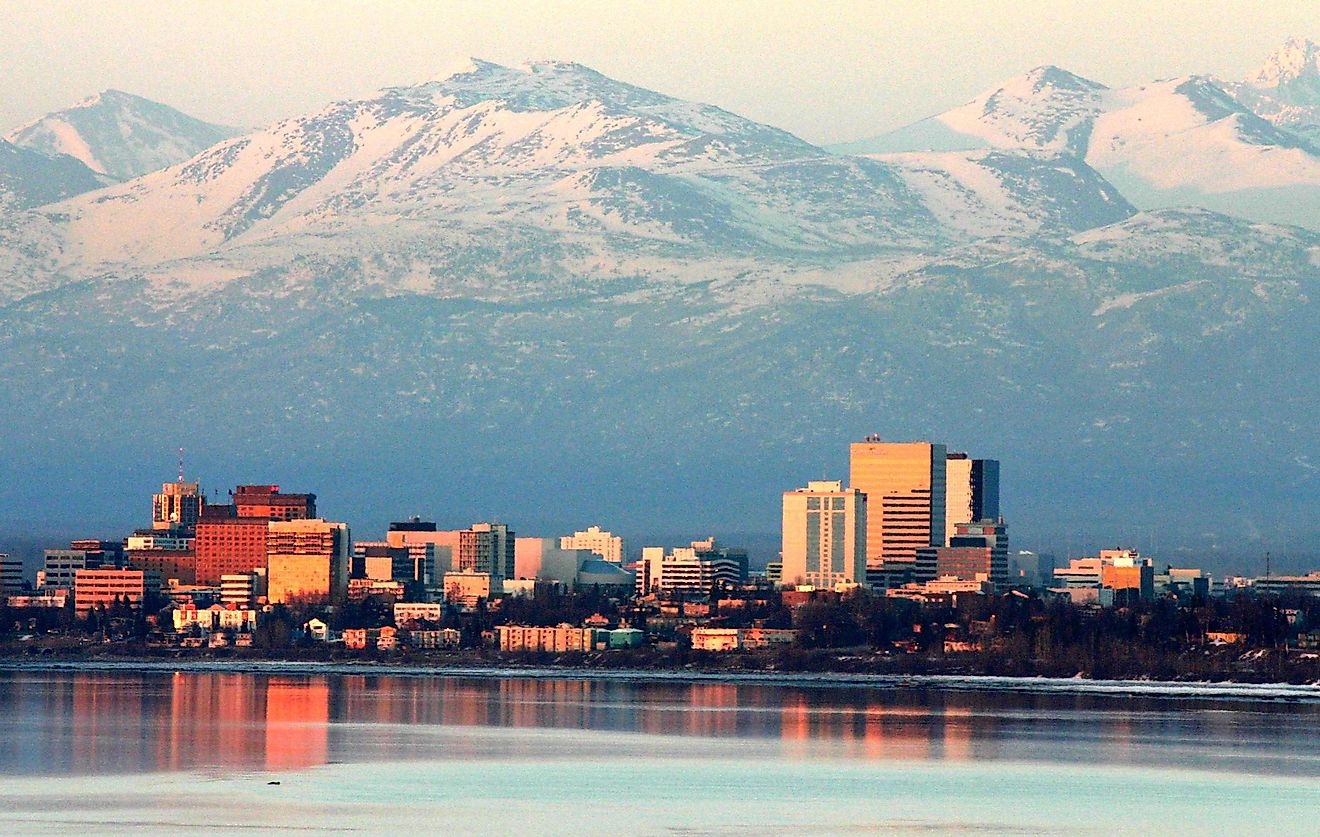What Is Population Density?

- Population density is the average number of people living in a given area.
- Physical factors, such as space constraints, land topography, resources, and climate can affect population density.
- Human factors, including politics, lifestyle, and economics can affect population density.
Put simply, population density is the measurement of the average number of people in a given area. It is calculated by dividing the number of people in a certain area by the size of that area. The measurement is normally illustrated as the number of people per square kilometer or square mile. For example, if we wanted to know how many people per square kilometer live in the United States, we would take the total U.S. population, recorded to be about 332,209,000 and divide it by the country’s total land area, which is 9,147,420 sq. km. By solving this equation, we know that there are an average of approximately 36 people per square kilometer living in the U.S.
Contents:
- Factors Affecting Population Density
- Space limitations
- Shape and height of land in a given area (relief)
- Resources
- Climate
- Politics
- Lifestyle
- Economy
Factors Affecting Population Density
There are two types of factors that can affect population density. One type is physical factors and the other type is human factors. Physical factors can include how much space is available for human habitation; the shape and height of land in a given area, otherwise known as relief; the amount of resources present in a given area, and the climate in a given area. Human factors include political circumstances, such as the stability of the government in a certain area; lifestyle factors, such as whether people want to live close to each other, and economic factors, such as the location of jobs.
Physical Factors
1. Space limitations
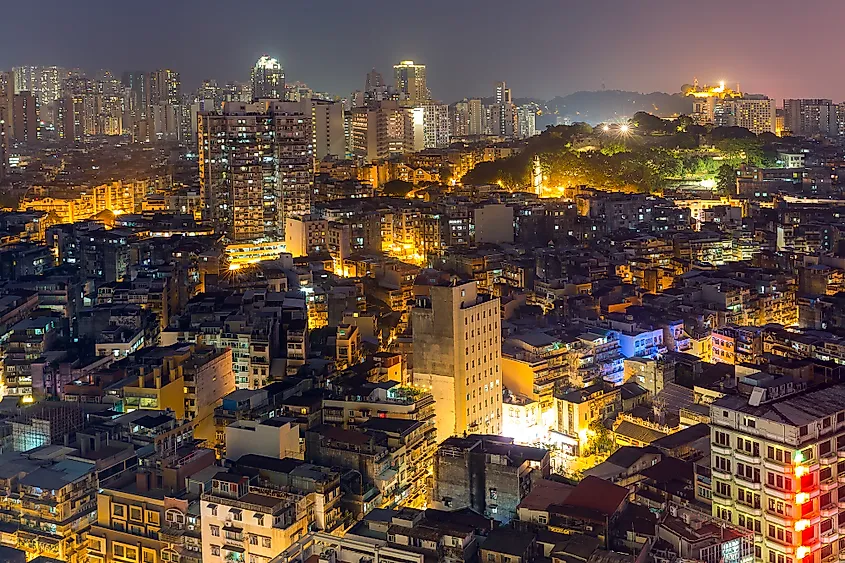
There is no country or territory on Earth that has unlimited space. Indeed, some of the world’s most densely populated countries and territories are those that are very small in area. For example, Macau, a Special Administrative Region of the People’s Republic of China, has an area of just 30 sq. km, but has a population of more than 649,000, which works out to an average of 21,645 people per square kilometer, making the semi-autonomous enclave the most densely populated polity in the world.
2. Shape and height of land in a given area (relief)
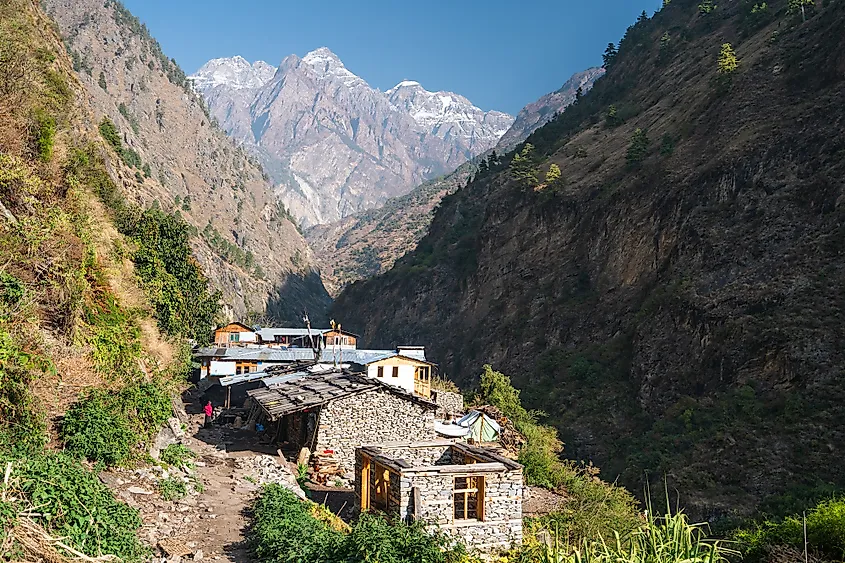
Topography can be a key factor in determining how many people live in a certain area. Generally speaking, people prefer to live where it is easier to build homes, workplaces, and transportation networks. For example, mountainous areas are normally not densely populated, because it is difficult to construct complex structures on mountainous terrain. This is the reason why the Himalayan region of Asia is so sparsely populated. The Himalayas are home to some of the world’s tallest mountains, including Mount Everest. These mountains contain very few areas in which complex structures can be built, and where transportation networks can be constructed. In contrast, lowland areas, such as the Ganges Valley in India, the world’s second most populous country, are ideal for building homes, workplaces, and transportation networks. It is no wonder, then, that a large part of India’s population lives in the area that surrounds the Ganges River. Indeed, the earliest civilizations, like those of Mesopotamia and Egypt, were historically built in river valleys, where the terrain is flat and easily traversed.
3. Resources
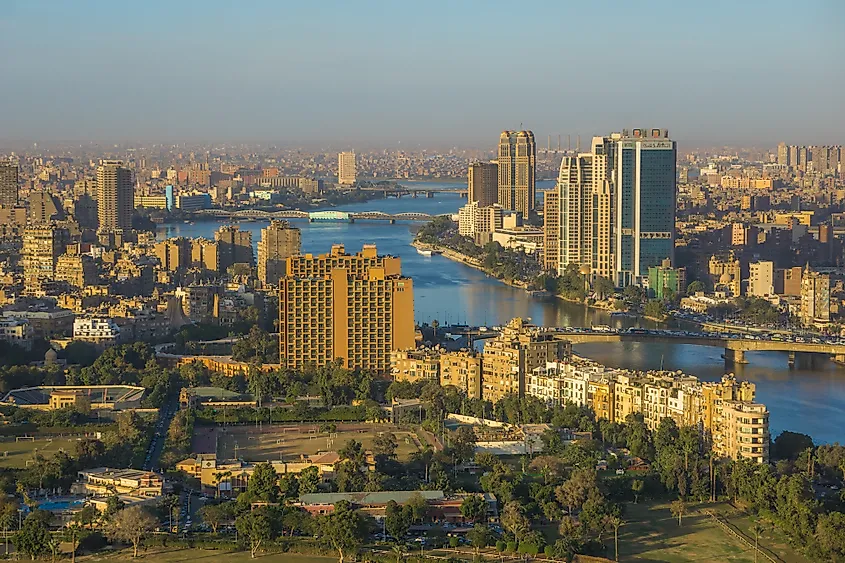
Population density tends to be higher in areas that have more natural resources. For this reason, areas where there are deserts or high mountains present tend to have less people living in them. One particular natural resource has always been an important factor in determining where people live: water. Since ancient times, humans have had a tendency to live where there are abundant freshwater resources. The previously mentioned ancient civilizations of Mesopotamia and Egypt were built in river valleys, not just because the terrain is relatively flat, but because ancient people wanted to be close to the rivers. The Tigris and Euphrates rivers were the lifeblood of the ancient civilizations of the Mesopotamia, just as the Nile River was the lifeblood of ancient Egypt. In fact, even today, the bulk of Egypt’s current population of approximately 100 million people live in the Nile River Valley.
It makes sense for humans to settle near sources of freshwater, since people need water to drink and to cultivate crops. On the other hand, it does not make sense for humans to live in barren areas where water resources are scarce, which is why the world’s deserts are sparsely populated. But of course, water isn’t the only resource coveted by people looking for places to live. People also want to live in areas where there is good soil for farming, good pastureland for grazing, abundant fishing stocks, and raw materials for building structures and fueling industry, such as wood, oil, and coal. All these types of natural resources were, at one time, plentiful in Western Europe, which is one of the reasons why European civilization has historically been so successful.
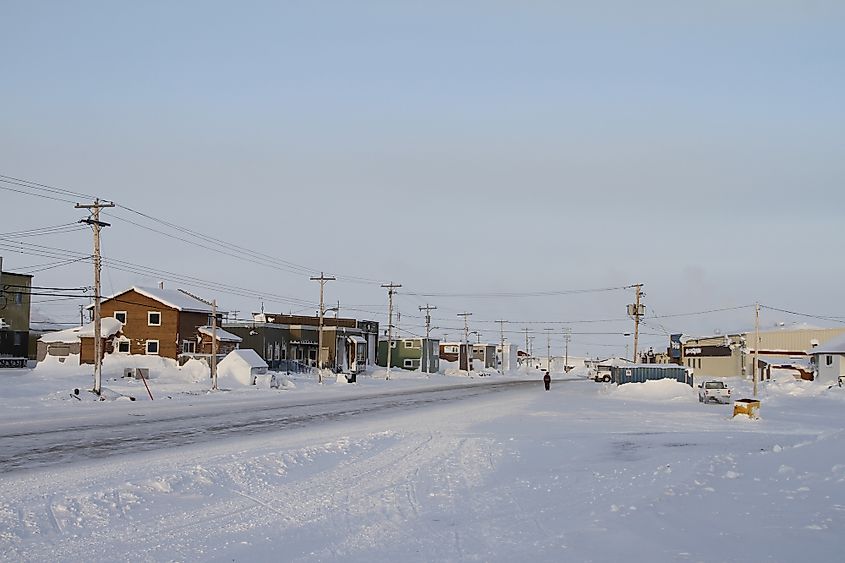
Today’s world is one in which the presence of natural resources is less of a factor in determining population density than it was in earlier times, since these resources can now be shipped over great distances. Moreover, humans have adapted to endure more extreme climates, which is why there are thriving population centers in less hospitable areas, such as the gambling mecca of Las Vegas, located in the middle of the southwest desert region of the U.S. Nevertheless, population density is still higher in areas that have more natural resources coveted by people.
4. Climate
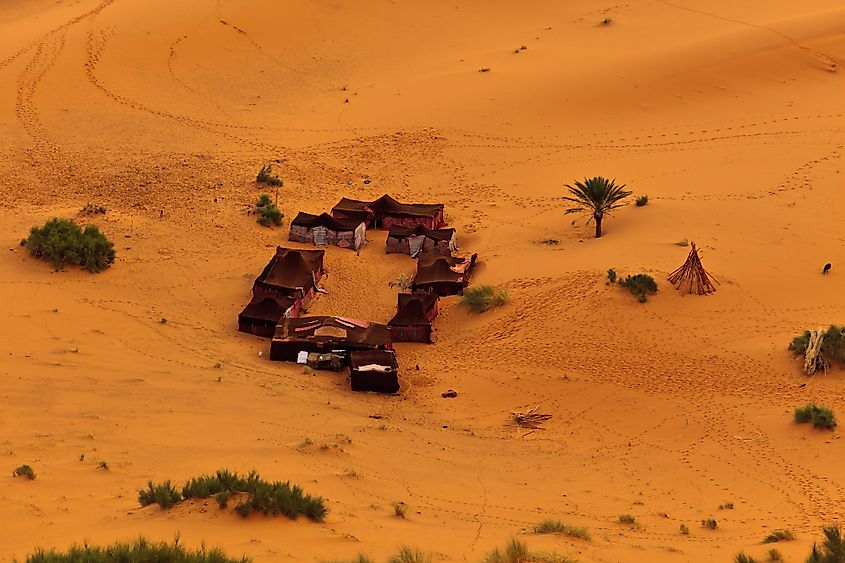
Climate is a major physical factor in determining population density. People are more likely to live where the climate is suitable for cultivation. This means that there needs to be both enough rain and enough heat to grow crops. Areas of the world where it is extremely hot or extremely cold are generally sparsely populated. For example, Canada is the second largest country in the world, so one would think that it has room for a lot of people. Yes, Canada is very spacious, but it only hosts around 39 million people, with a population density of approximately four people per square kilometer. Furthermore, the vast majority of Canada’s population lives in the south of the country close to the border with the U.S. The reason Canada’s population is so concentrated near the U.S. border is because much of the rest of the country is significantly less hospitable and not suitable for cultivation. In the same respect, areas where the climate is too hot and too dry for cultivation are also sparsely populated, which is why you won’t find too many people living in Africa’s Sahara Desert.
Human Factors
1. Politics
The way human beings govern themselves can have a profound influence on population density. Most people want to live in places where there is stable government and rule of law. Therefore, places with more stable governments will tend to have higher population density, whereas parts of the world where there is little to no government control and the rule of law does not prevail are less desirable for people to live. The most densely populated countries and territories in the world, including Macau, Monaco, Singapore, and Gibraltar all have strong, effective, and stable governments. Hong Kong is also one of the world’s most densely populated places, but recent political tensions there threaten to persuade many of its residents to leave. At the same time, some of the world’s least densely populated areas are places without effective government control and a tendency for lawlessness. For example, the climate and lack of resources are not the only reasons people avoid living in the Sahara Desert. The vast region of Africa is also a hotbed for illegal activity, including terrorism, drug trafficking, and human trafficking.
2. Lifestyle

Preferred lifestyle also affects population density. To be more specific, people determine where they will live, in part, depending on whether they prefer to live in places with lots of people, or if they would rather live somewhere more tranquil, with more space and less crowdedness. A person who wants to live close to where there are lots of people, and who does not mind having a small living space will probably choose to live in a big city, like New York City or London, and will likely want to live closer to the city’s downtown core. In contrast, a person who prefers to have a lot of space and not be too close to other people might seek to live in a rural area, perhaps in a small town. There is also what could be called a happy medium, where someone wants to live in a city, but not necessarily close to the downtown core where living spaces are small and the streets are crowded with throngs of people. Such a person might opt to live in the suburbs of a big city, where they would have access to slightly more living space, but still have access to the kind of amenities a big city has to offer.
3. Economy
People have to work to earn a living. Therefore, many people prefer to live in places where there are lots of job prospects. Many people live in big cities, in large part, because the big cities are where they are most likely to find jobs. Indeed, finding a job is one of the biggest reasons for growing urbanization. After all, you are a lot more likely to find work in a big metropolis like Delhi, one of India’s largest cities, than you are to find gainful employment in the mountains of the Himalayas.
